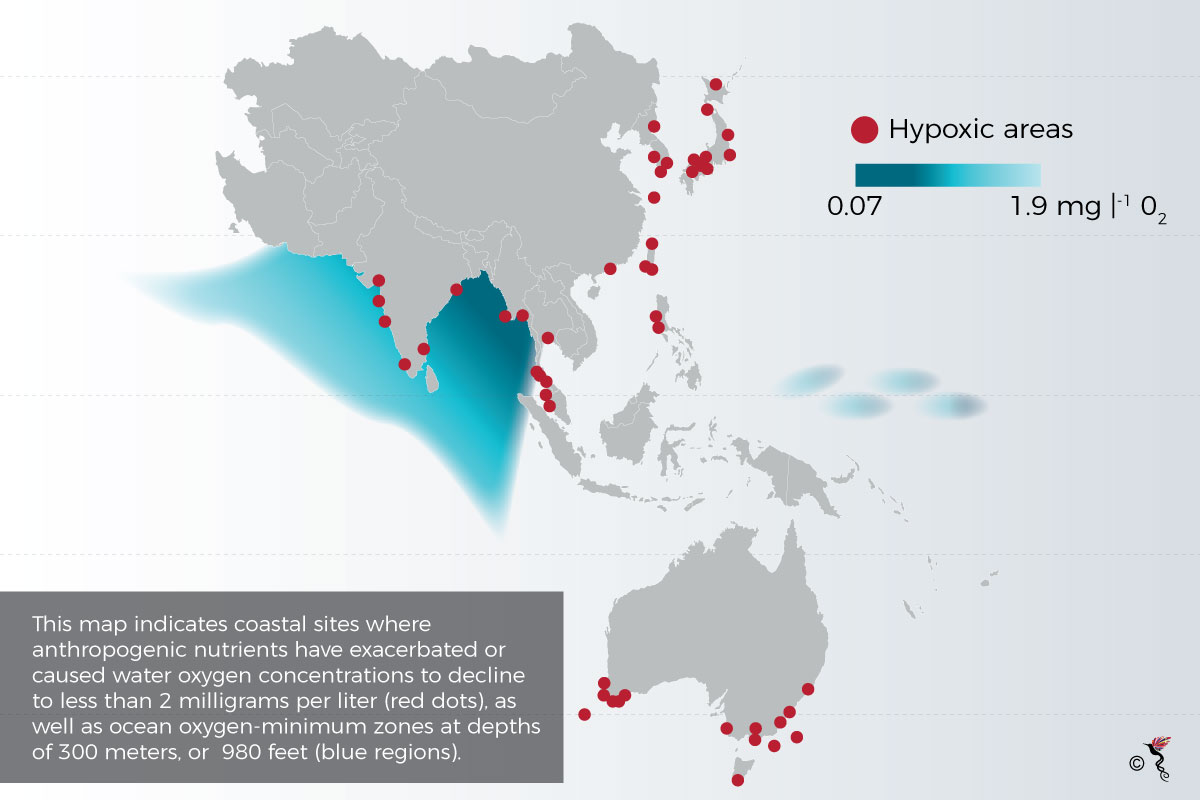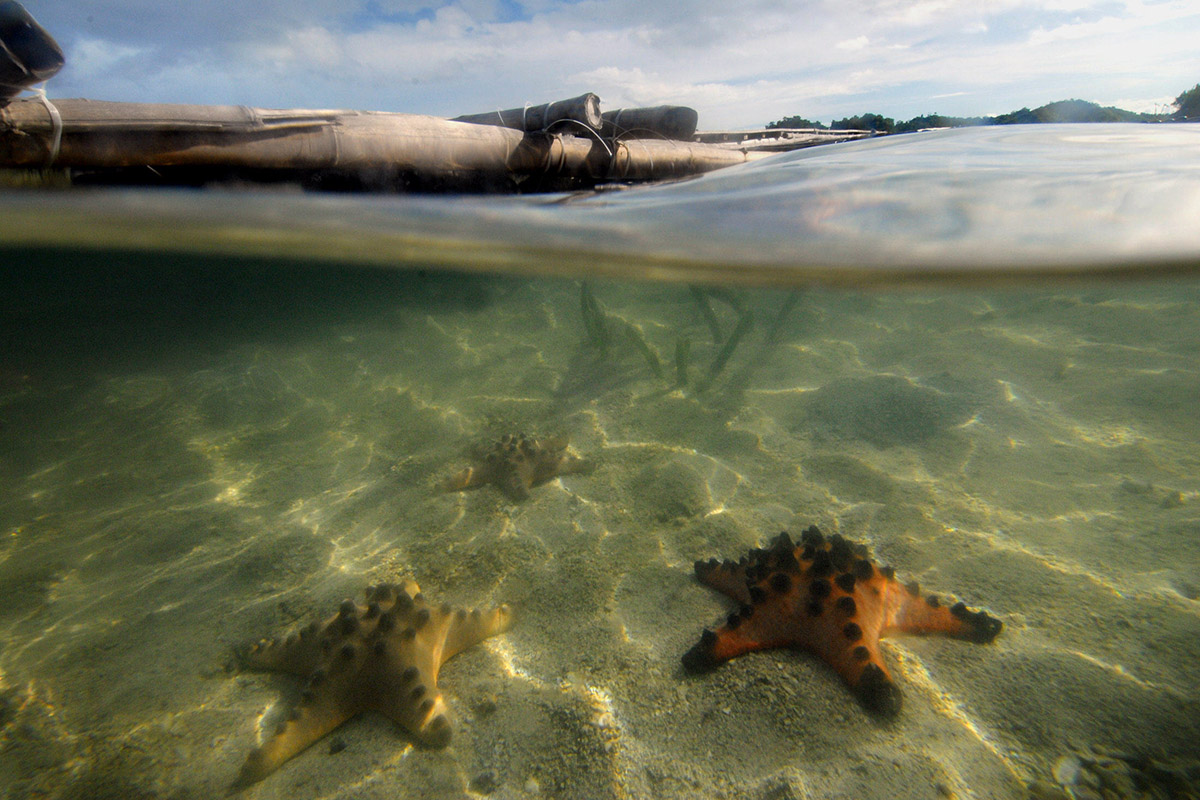The world’s oceans are seeing a steady increase in dead zones. Dead zones are regions where there is a depletion of oxygen in the water which cause fish and other marine life at the bottom of the sea to die.
According to a recent study in the journal ‘Science’, it was found that zones in the open ocean with zero oxygen have more than quadrupled, or increased by over 4.5 million square kilometres over the past 50 years.
It added that in coastal water bodies, including estuaries and seas, the number of low-oxygen sites have soared about tenfold from fewer than 50 in 1950. In ocean waters, oxygen levels are also falling, with 77 billion tons being lost since 1950.
“This oxygen loss, or deoxygenation, is one of the most important changes occurring in an ocean increasingly modified by human activities that have raised temperatures, CO2 levels, and nutrient inputs and have altered the abundances and distributions of marine species,” the journal stated.
Unfortunately, ‘dead zones’ are no stranger to the Southeast Asian region as well. Dead zones in this region can be found in multiple coastal areas of Indonesia and Thailand. Experts also believe that there are numbers of yet unexplored dead zones in the coastal waters of China and Southeast Asia.
Causes
The study explored the causes of ‘dead zones’ and it was found that global warming, which is primarily caused by increased greenhouse gas emissions, is considered the primary cause of ongoing deoxygenation.
“Rising global temperatures decrease oxygen solubility in water, increase the rate of oxygen consumption via respiration, and are predicted to reduce the introduction of oxygen from the atmosphere and surface waters into the ocean interior by increasing stratification and weakening ocean overturning circulation.”
In coastal areas specifically, the decline in oxygen has been caused by increased loadings of nutrients that include nitrogen, phosphorus and organic matter which is predominantly from agricultural activities and the combustion of fossil fuels.
Another cause of this is indirectly related to the ever-expanding human population which leads to a rise in agricultural production which then results in the emission of greenhouse gas emissions.

Effects
The sad truth is that even the tiniest decline in oxygen levels can stunt growth in marine animals, hinder reproduction and lead to various diseases or even death. It also can trigger the release of dangerous chemicals such as nitrous oxide, a greenhouse gas up to 300 times more compelling than carbon dioxide, and toxic hydrogen sulphide.
Since oxygen is fundamental to biological and biogeochemical processes in the ocean, it is obvious that a decline can cause major changes in ocean productivity, biodiversity, and biogeochemical cycles. While some animals can thrive in these dead zones, it is biodiversity that will suffer in the end.
Oxygen depletion in the world’s waters would affect not only marine ecosystems, but humans too. The oceans feed more than 500 million people, particularly in poorer nations, and provide a source of livelihood for about 350 million.
What must be done?
The study suggested that cutting fossil fuel use and protecting vulnerable marine life could tackle the problem. “Reducing the impacts of other stressors may provide some protection to species negatively affected by low-oxygen conditions. Ultimately, though, limiting deoxygenation and its negative effects will necessitate a substantial global decrease in greenhouse gas emissions, as well as reductions in nutrient discharges to coastal waters,” it added.
Deoxygenation of the sea must also be taken seriously by all parties – governments, stakeholders and society. Left untouched, it may have serious consequences for many ecosystems, the food webs they support and of course, the human populations that depend on them for their livelihoods.
Nations in the Southeast Asian region in specific, would need to ensure that their marine ecosystems do not face anymore threats and they must tackle this problem colectively before the condition exacerbates.
Recommended stories:
